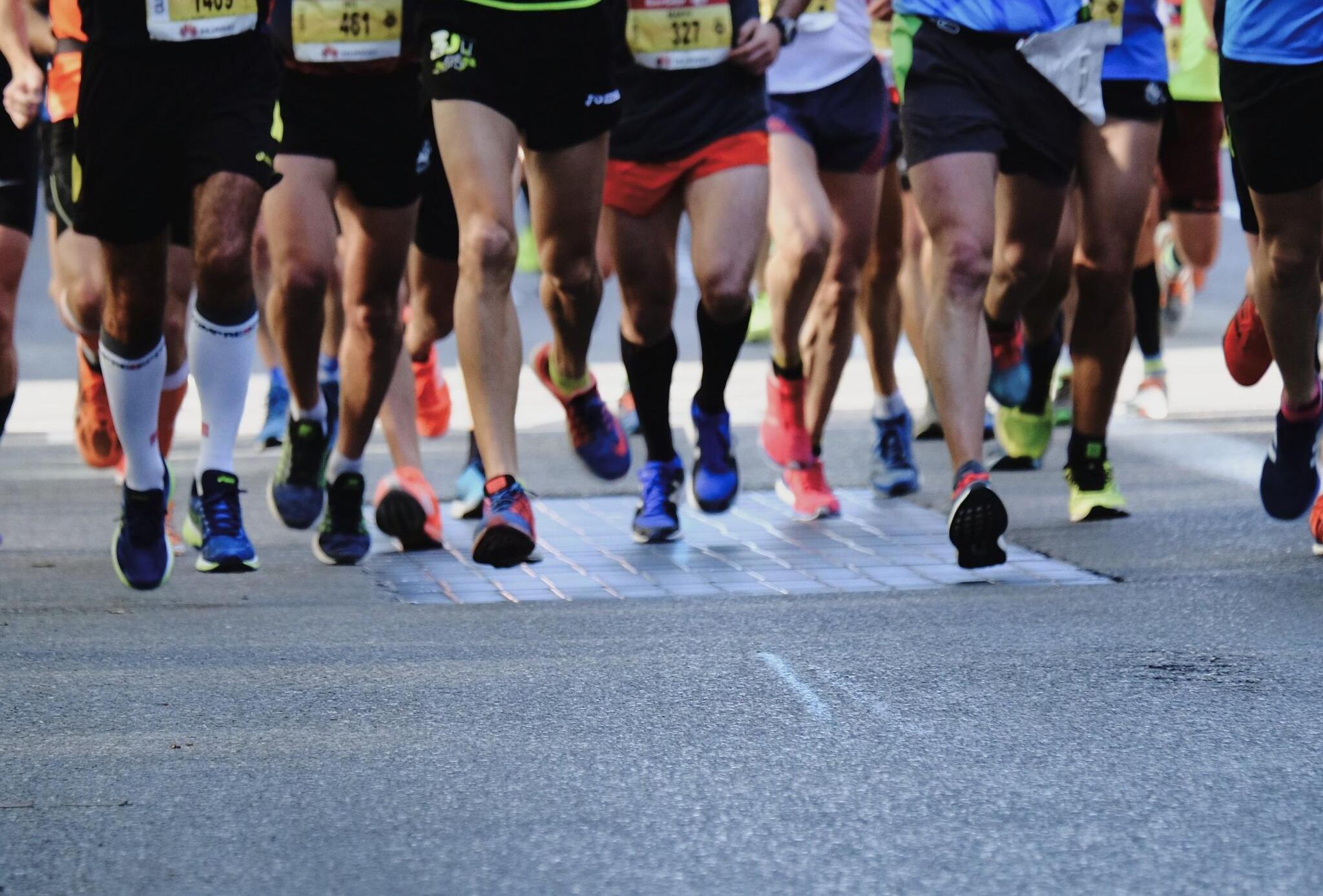Summary
Canadian beers are an excellent introduction to the “culture” of Canada. Canadians enjoy their beer and consume it more than any other alcoholic beverage. Numerous Canadian and international beer brands are widely available in stores, restaurants, and bars across the country. Aside from the larger beer brands (which are often not “Canadian”), you can enjoy authentic locally brewed beers due to the significant presence of microbreweries.
A Brief History
The two biggest players in the Canadian beer market have traditionally been Labatt’s and Molson. Although both companies continue to brew beer in Canada, neither is fully Canadian-owned. Since 1995, Labatt’s has been foreign-owned, and Molson has merged to form Molson-Coors. Sleeman, a Guelph-based brewery that gained immense popularity in the 1980s and ’90s, was acquired by Japan’s Sapporo Brewery, putting a significant portion of Canada’s beer production in foreign hands. Today, Moosehead is the largest Canadian-owned beer company, originating from New Brunswick and offering several ales and lagers. In British Columbia, Kokanee stands out as a popular option.
Microbrews
Microbreweries are widespread across Canada, particularly in British Columbia and Ontario. These breweries, sometimes referred to as “craft” breweries, focus on smaller batches of beer for local distribution. Microbreweries represent an alternative, more experimental approach to brewing that caters to diverse tastes rather than mass-market preferences. Beer enthusiasts in Canada should ask servers or store clerks for recommendations on local microbrews.
Some popular microbrews include Steamwhistle and Amsterdam in Toronto, Wellington Brewery in Guelph, McAuslan Brewery in Montreal, and Vancouver Island Brewery in Vancouver.
American vs. Canadian Beer
Canadians often take pride in areas where they excel compared to Americans, such as in beer production. Generally, Canadians believe their beer is more full-flavored and less “watery” than U.S. beer. Interestingly, the perception of beer superiority in Canada stems from a belief that Canadian beers have higher alcohol content than their American counterparts. However, when you examine the alcohol levels, American and Canadian beers are quite comparable.
Both American and Canadian beers generally have alcohol by volume percentages between 4% and 6%. It is essential to note that while the measurement methods differ, leading to lower listings on American beer labels, the overall alcohol content is similar in both countries.
Where to Buy Beer
Alcohol can be procured at wine and beer stores, which are regulated and managed by each province or territory. Except for Quebec, alcohol sales occur through designated stores, such as The Liquor Control Board of Ontario (LCBO) or The Beer Store in Ontario. Interestingly, Quebec, known for its liberal approach, permits the sale of beer and wine at convenience stores and supermarkets.
As of 2016, Ontario began allowing a limited range of beer and wine sales in supermarkets, yet the overall Canadian approach to alcohol retail remains relatively conservative.
Drinking Age
Be aware that the legal drinking age in Canada varies by province, ranging from 18 to 19 years old.
Taking Beer Home With You
If you find yourself enamored with Canada’s remarkable microbrews, you might want to bring some home. That’s a great idea, and you might consider adding some Canadian wine as well. However, ensure you check your home country’s regulations regarding the allowance for bringing back alcoholic beverages.





